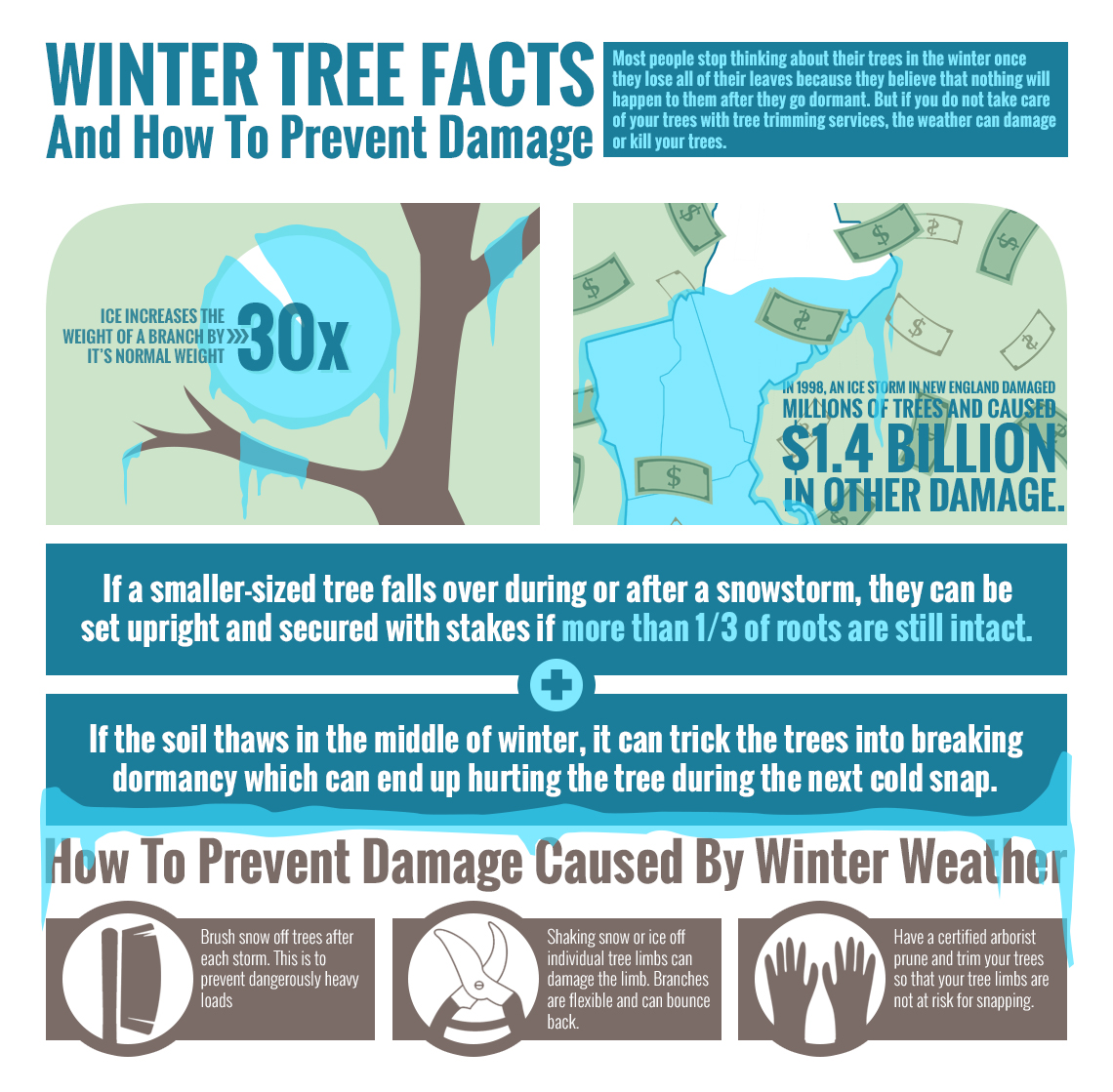Seasonal Tree Care: Just How To Handle Trees Prior To And After Removal
Seasonal Tree Care: Just How To Handle Trees Prior To And After Removal
Blog Article
Web Content Writer-
When it comes to seasonal tree treatment, making certain appropriate monitoring before and after elimination can considerably affect the health and wellness and aesthetics of your landscape. By comprehending the essential actions associated with analyzing tree health and wellness and planning for elimination, you can proactively secure your building. Yet what concerning read on to comply with once the tree is gone? Keep tuned to discover the important post-removal care measures that will help you grow a flourishing and lasting setting for your trees.
Pre-Removal Tree Care
Before dealing with the removal of a tree, it's important to prioritize pre-removal tree care. Beginning by analyzing the tree's health and wellness and structural integrity. Seek signs of disease, bug invasions, or any kind of structural problems that might present a safety and security risk during elimination. It's necessary to consult with a qualified arborist to identify the best course of action.
Trimming dead or unhealthy branches can avoid additional damages to the tree and guarantee a smoother elimination process.
Furthermore, think about the ecological impact of eliminating the tree. Trees play a vital function in our environment, so planting a brand-new tree in an appropriate area can assist counter any loss. Guarantee that you have the required permits and authorizations for tree removal, specifically if the tree is safeguarded by local regulations.
Seasonal Maintenance Tips
Analyzing your tree's needs throughout the year is important for its wellness and durability. To maintain your trees in top problem, follow these seasonal upkeep ideas.
In springtime, focus on trimming to eliminate dead or damaged branches and encourage brand-new development.
Summer season calls for regular watering, specifically during droughts, to ensure your tree remains hydrated.
As loss approaches, watch out for early indicators of condition or anxiety, and think about applying mulch to secure the roots during winter.
In wintertime, be cautious when eliminating snow from branches to avoid breakage, and continue to check your tree's general health.
Remember to readjust your care routine based upon the specific needs of your tree types and regional environment. By staying alert and aggressive throughout the seasons, you can assist your trees prosper and flourish for several years to come.
Post-Removal Tree Treatment
To ensure the health and wellness of your landscape also after tree elimination, appropriate post-removal care is important. After a tree is eliminated, it's crucial to load the remaining opening with topsoil and small it to stop settling. This will aid maintain the integrity of the ground and stop prospective hazards in the future.
Take into consideration growing brand-new plant life instead of the gotten rid of tree to bring back the balance and aesthetics of your landscape. Regularly tree work to promote the development of new plants and protect against dirt erosion.
Examine the bordering trees for any kind of signs of disease or anxiety that might have been triggered by the gotten rid of tree. Keep an eye out for pests that may've been attracted to the previous tree and take safety nets to shield the continuing to be vegetation.
If necessary, consult with a specialist arborist to evaluate the impact of the elimination on the surrounding trees and figure out any type of extra care required. By following these post-removal care actions, you can guarantee the ongoing health and wellness and appeal of your landscape.
Verdict
To conclude, aggressive seasonal tree care is vital for keeping the health and wellness and balance of your landscape. By analyzing tree health, pruning, and talking to an arborist prior to removal, you can make certain a safe procedure. After removal, filling the hole, growing new plant life, and normal watering will certainly advertise new development and stop erosion. Keep in mind to evaluate bordering trees for condition and look for more treatment steps from an arborist to keep your landscape thriving.
